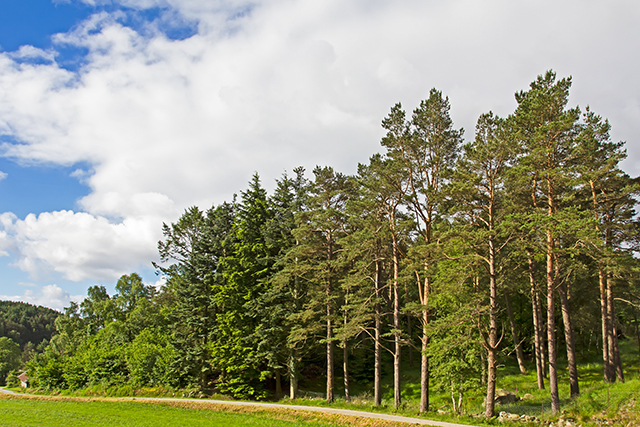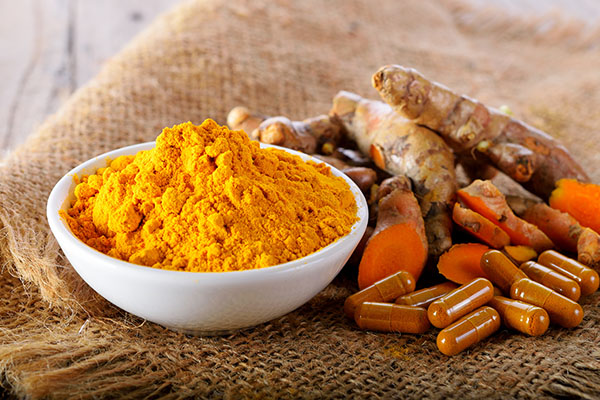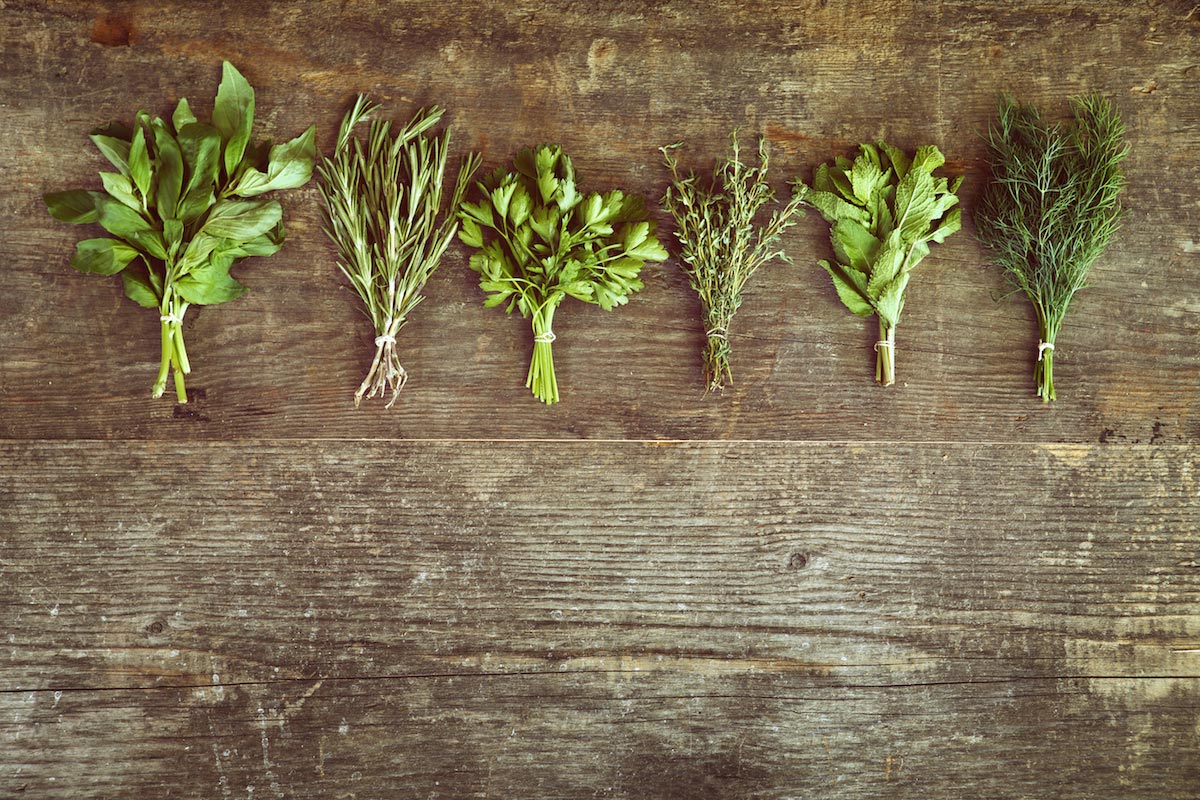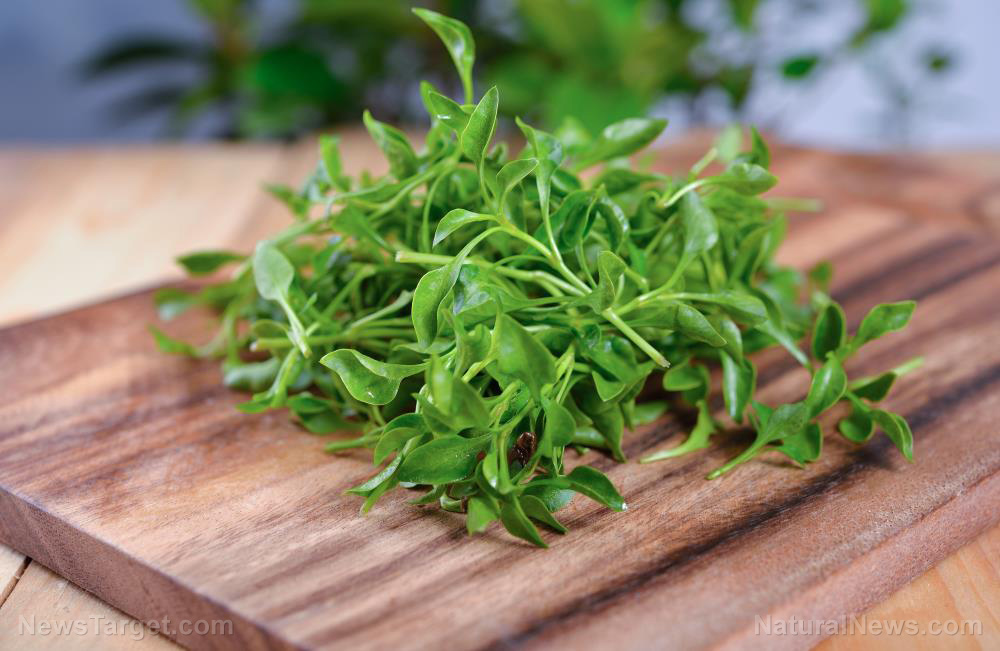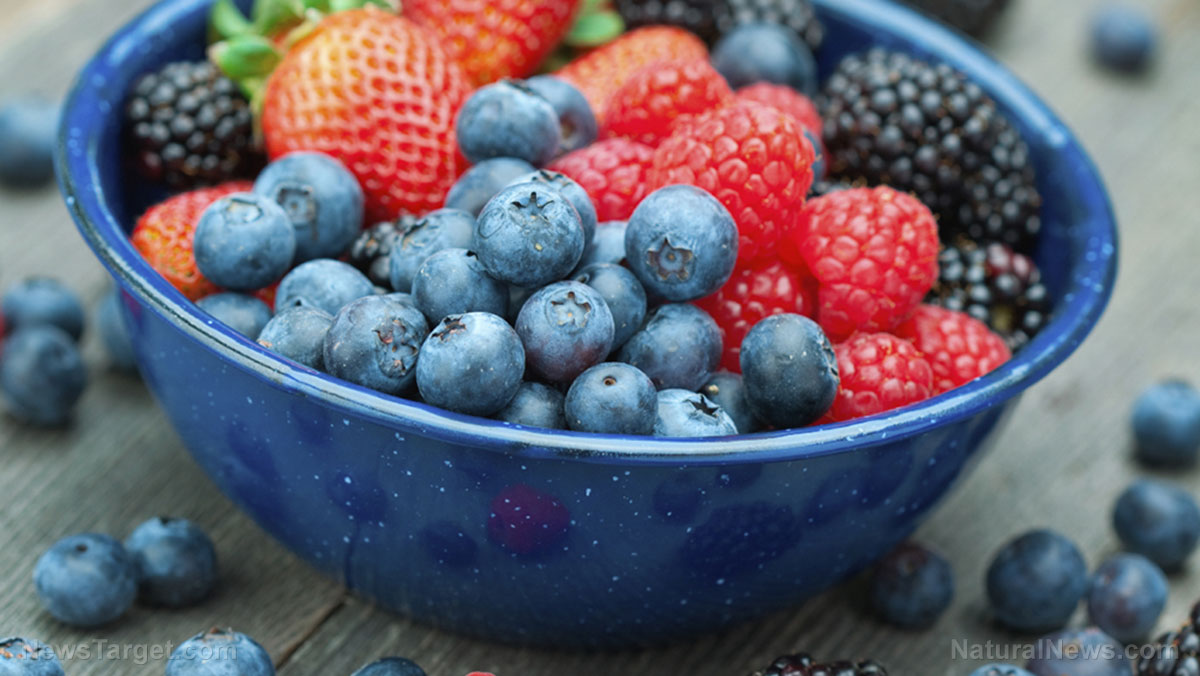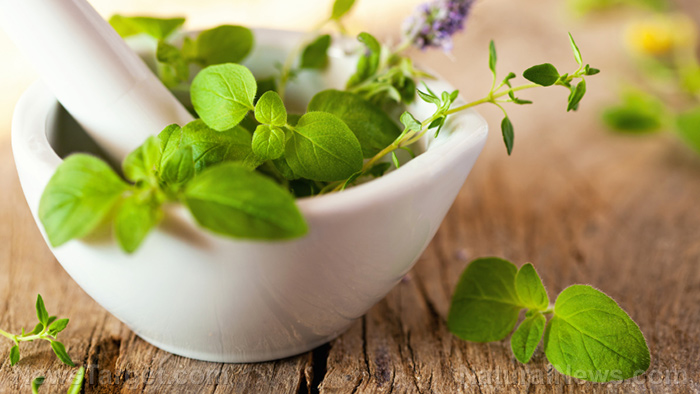
- With rising antibiotic resistance and the threat of limited medical access, herbal treatments (used historically by soldiers, explorers and indigenous peoples) are gaining traction for wound care.
- Wound care herbs you can use include hemostatic (stops bleeding), anti-inflammatory (reduces swelling), proliferative (promotes tissue repair), antimicrobial (prevents infection) and lymphatic (supports immune response) herbs.
- Clean wounds thoroughly before using proliferative herbs to avoid trapping debris.
- Learn how to prepare different herbal tinctures, infusions, decoctions and poultices -- these will come in handy when SHTF.
- Mastery of plant identification, preparation and usage is critical — skills outweigh supplies in crises.
Five pillars of herbal wound care
Herbal medicine isn't a monolith; it's a strategic arsenal. Here are the core categories of wound-healing plants, each of which serves a distinct role in the body's natural healing and repair process. (h/t to TheSurvivalMom.com)Hemostatic herbs
Before there were antibiotics, battlefield medics relied on astringent herbs to help clot wounds.- Yarrow (Achillea millefolium) - Carried by soldiers because of its ability to staunch bleeding when crushed and packed into gashes
- Shepherd's purse (Capsella bursa-pastoris) - Contains compounds that can constrict blood vessels
- Blackberry leaves (Rubus fruticosus) - Harbor tannins that help tighten tissue
- Oak bark (Quercus spp.) - Has high tannin content, making it a universal hemostatic. In a pinch, a decoction (a strong tea made from boiled bark) can be applied as a compress.
Anti-inflammatory herbs
Inflammation is the body's alarm system; but if left unchecked, this process could delay healing.- Willow bark (Salix spp.) - The original source of aspirin; eases pain and swelling when brewed into tea
- Comfrey (Symphytum officinale) - Dubbed "knitbone" for its tissue-repairing properties (Caution: Comfrey’s pyrrolizidine alkaloids can be toxic if overused internally.)
- Greater plantain (Plantago major) - Crushed leaves can be used as poultice for insect bites or minor wounds
Proliferative herbs
Once bleeding stops, the body needs raw materials to regenerate. Here are some potent herbs that can help you:- Calendula (Calendula officinalis) - Accelerates cell growth and reduces scarring
- Aloe vera - Hydrates damaged tissue while fighting bacteria (preventing infections)
- Horsetail (Equisetum arvense) - Rich in silica; promotes collagen formation.
Antimicrobial herbs
Before penicillin, herbs like echinacea and goldenseal were the frontline defenses against gangrene.- Echinacea extracts (Echinacea purpurea) - Traditionally used on wounds to improve healing; can treat respiratory symptoms caused by bacterial infections
- Goldenseal (Hydrastis canadensis) - Contains berberine which disrupts bacterial cell walls
- Sida (Sida cordifolia) - Tropical plant that shows promise against stubborn infections like methicillin-resistant Staphylococcus aureus (MRSA) in lab studies
Lymphatic herbs
Swollen lymph nodes signal the body's struggle to clear invaders. These herbs can help lift the burden:- Cleavers (Galium aparine) - stimulates lymphatic drainage
- American pokeweed (Phytolacca americana) - a more potent lymphatic herb; use a few drops at a time
- Red clover tea (Trifolium pratense) - acts as a gentle blood purifier
How to use wound care herbs effectively
Knowing the herbs and how to use them is half the battle; preparing these natural medicines correctly is just as important. In times of crisis, three forms will come in handy: tinctures (alcohol extracts), infusions or decoctions (teas). (Related: Emergency medicine: How to make your own first-aid antiseptic at home using natural ingredients.)- Tinctures - Last years and can be diluted for washes or taken internally. Vodka or Everclear (190-proof grain alcohol) can preserve the herbs' active compounds. A 1:5 ratio — one part dried herb to five parts alcohol — is standard.
- Infusions (for leaves and flowers) and decoctions (for roots and bark) - Faster to prepare but perishable. Soak a clean gauze in a strong plantain infusion for an anti-inflammatory compress.
More related stories:
Survival medicine: How to make tinctures for your SHTF first aid kit. Six herbal salves for your prepper medicine cabinet. Nature's toolkit: Essential oils for your survival and emergency preparedness. Sources include: Brighteon.ai TheSurvivalMom.com OnlineLibrary.Wiley.com Brighteon.comMorning drinks for gut health: Expert-backed beverages and ancient wisdom
By Willow Tohi // Share
Embracing the power of alternative medicine: “Alternative Cures” by Bill Gottlieb
By Kevin Hughes // Share
Watercress turns off breast cancer cell growth
By News Editors // Share
Menopause and gut health: Decoding the relationship between hormones and digestive issues
By Willow Tohi // Share
An invisible assault: How everyday heavy metals sabotage brain health
By willowt // Share
Pentagon warns of China's rapidly expanding nuclear arsenal
By kevinhughes // Share
FCC grounds new Chinese drones in sweeping security move
By avagrace // Share
The methylation switch: Scientists identify diet that can turn back the cellular clock
By jacobthomas // Share
Renaissance or Ruin: A wake-up call for cultural revival and self-sufficiency
By kevinhughes // Share
Weight loss in midlife may trigger brain inflammation, study finds
By avagrace // Share

